How to choose the right roof tiles ?
Clay tiles are the most common type of roofing in France. Indeed, it has many advantages: solidity, durability, resistance, aestheticism. But among the different types of tiles on the market, how do you make the right choice ? Price, materials, shape, standards and regulations, here are a few tips on how to choose your tiles and redo your roof.
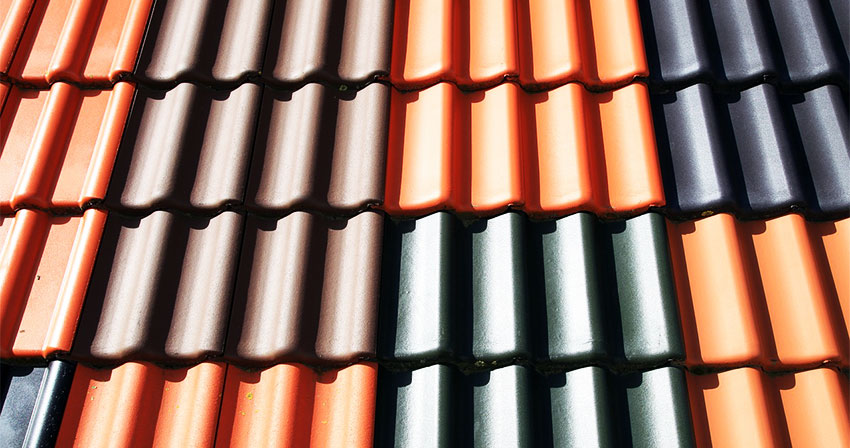
SOMMAIRE
What type of tile to choose for a roof ?
Tiles are made by hand or industrially, and come in a variety of materials and shapes. Terracotta, concrete and slate are the most commonly used traditional materials for roof tiles.
Clay roof tiles
Made from clay fired at 1000°C, it is the most common type of tile It is strong and resists impact and weathering well. However, it is better to insert a protection between the tiles and the roof structure for better thermal insulation and waterproofing. In addition, clay tiles can be adapted to all architectural styles, regardless of their shape or colour In addition to being environmentally friendly, clay tiles are easy to install and maintain as they are washable. However, the price of clay tiles remains relatively high compared to other tiles.
Concrete roof tiles
This is almost the same as the clay tile. It is sometimes difficult to distinguish one from the other. Made of sand, water, cement and mineral pigments, it is very resistant to frost, UV and pollution. It is also very waterproof. It is economically advantageous because it is much cheaper than clay or slate tiles. It costs between €20 and €40 for a square metre of roof. It does have a few drawbacks, however, starting with its weight. It can weigh up to 50 kg per square metre, which requires a very strong framework and load-bearing walls. It also has a tendency to moss and discolour over time.
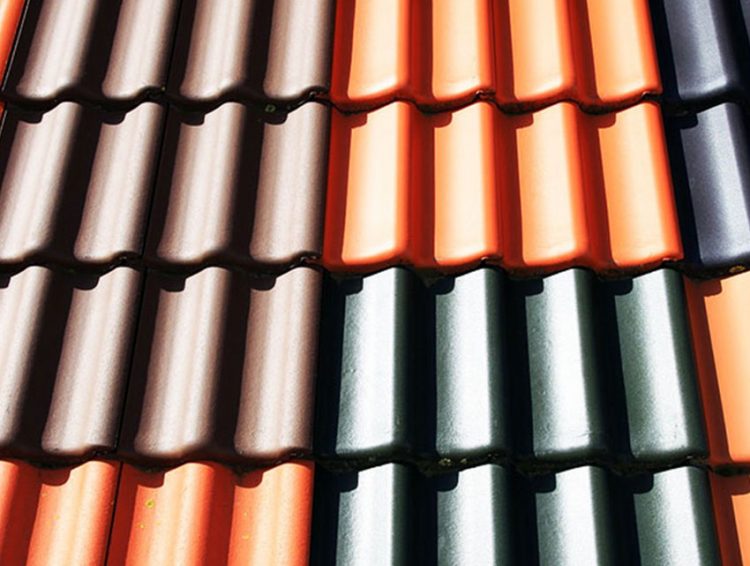
Slate roof tiles
Particularly appreciated for its aesthetic aspect, it can be made of natural or artificial slate. The natural models are made of slate schist, while the synthetic models are made of cement and mineral fibres manufactured in a factory. It is extremely weather resistant and has a long service life. Slate is particularly suitable for regions with high rainfall. It also has good thermal insulation properties. On the other hand, installation is particularly delicate because each slate must be fixed individually, taking care not to break it. It should be noted that natural slates are heavier than synthetic slates. The roof structure must be strong enough to support its weight. They are also much more expensive, which is why they are rarely used on new buildings. Apart from traditional tiles, you can choose other materials for the roof covering. For example, you can choose steel, zinc or photovoltaic tiles, or opt for thatch, wood or green roofing. These are less commonly used, but have certain advantages: they are strong, light and environmentally friendly.
How to choose roof tiles according to their shape ?
Roof tiles can come in different shapes. Each region has its own type of tile. Flat tiles are very common in the north and centre of France, while canal tiles are mainly used in the south and southwest of France. Their shape depends on the roof structure and slope, which in turn depends on the climatic conditions.
The flat roof tile
The flat roof tile is suitable for all roofs, especially the steepest ones. The flat tile facilitates the drainage of rainwater and is particularly suitable for rainy regions.
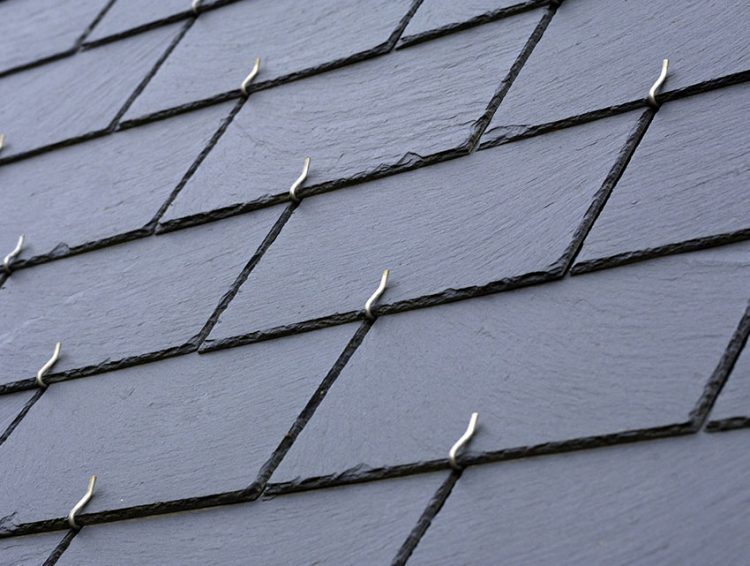
The canal roof tile, or round tile
The canal roof tile, or round tile, is very common in the southern half of France. Used for low-slope roofs, it is resistant to rain and bad weather. Its truncated cone shape makes it easier to block by sliding. It is also relatively easy to install.
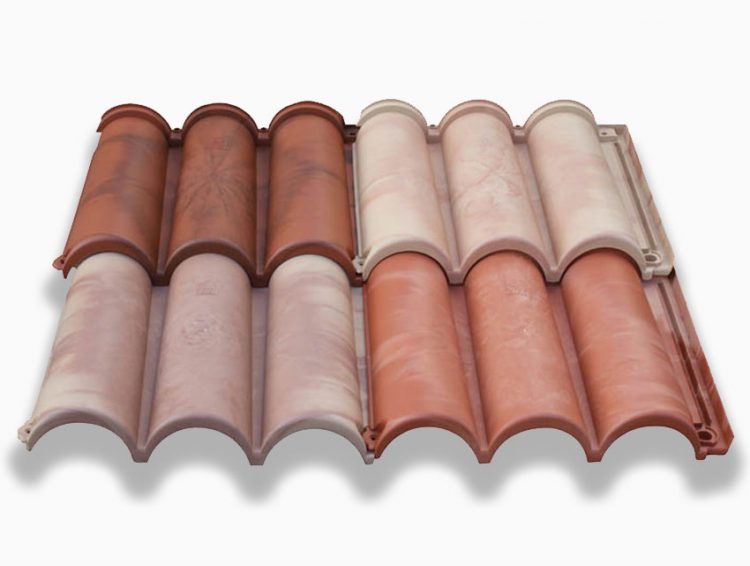
The interlocking roof tile, also known as the mechanical roof tile
The interlocking roof tile is used in many regions The system of grooves and channels that make up the tile facilitates interlocking and overlapping. There are several types of interlocking joints: sliding, single interlocking, or double interlocking for better insulation. Lightweight, the mechanical tile offers excellent waterproofing and its shape facilitates the drainage of rainwater
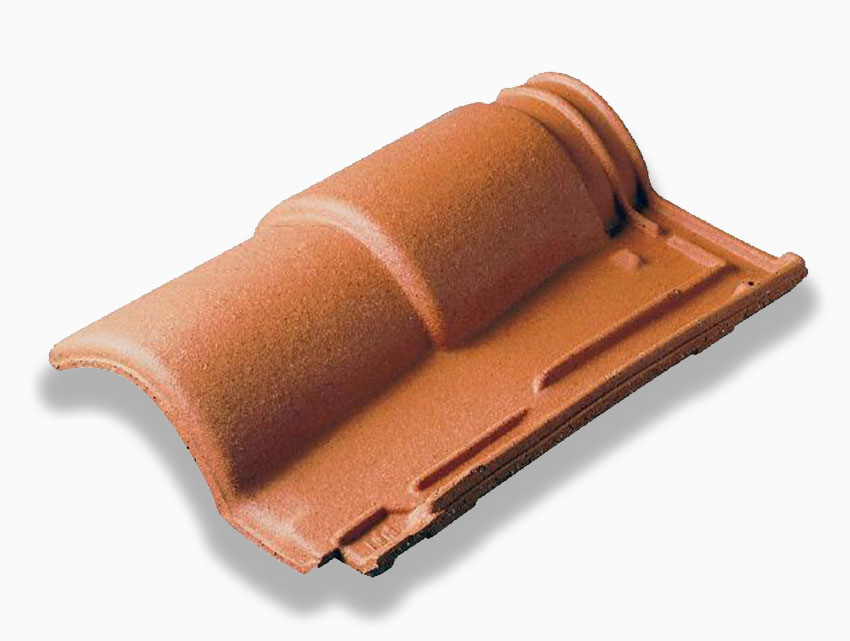
The Roman roof tile
The Roman roof tile is very similar to the clay canal tile. Mainly used in southern regions, it is very curved and perfectly suited to low-slope roofs. It is waterproof and has good acoustic and thermal insulation.
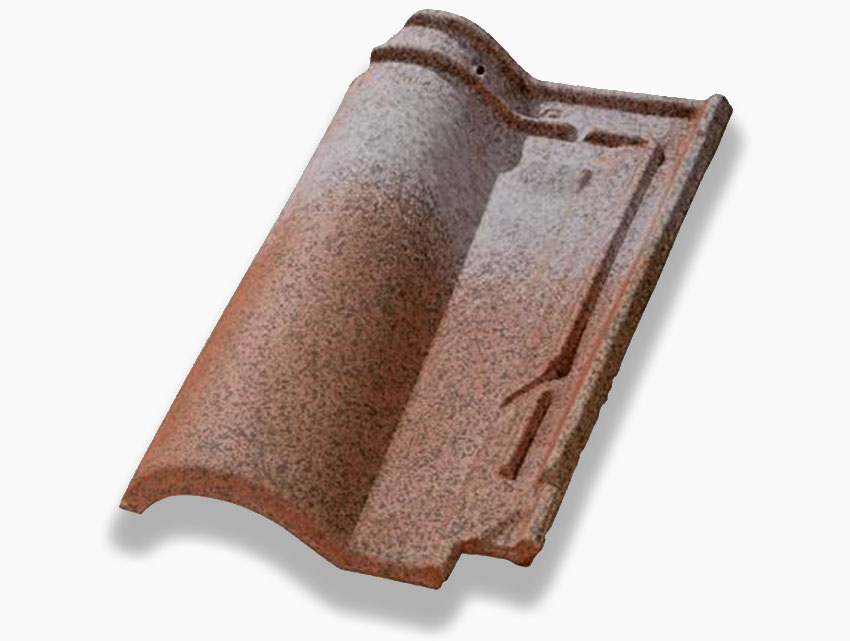
Before you make your choice and embark on re-roofing work, it is important to take the following points into account :
- The town planning rules of your town (protected area, local urban masterplan): In some cases, they may impose the roof covering (tile colour, material, shape). Don’t hesitate to ask the town hall for information about a roof construction or renovation project.
- Climatic constraints and the geography of your place of residence: These determine the slope of the roof and consequently the shape of the tiles. This information is available in “Unified Technical Documents”.
Do you have a project ? Contact our test bench experts
How to choose the right tiles according to the standards
A roof must be laid by a professional roofer according to the rules of the trade. he Unified – standardised- Technical Documents (DTU in french) set out the rules and conditions for laying each type of tile. They define, for example, the minimum roof pitch to be respected, or the overlap rate. DTU 40 concerns roofing and are detailed according to the type of tile. DTU 40.11 concerns slate roofs, while DTU 40.21 concerns clay tiles. DTU 43 concerns the waterproofing of roofs. n addition, clay roof tiles must meet the requirements of the NF EN1304 standard. This standard defines the requirements and technical characteristics according to :
- Mechanical resistance
- Waterproofing
- Frost resistance
- Geometric characteristics
It is the manufacturer’s responsibility to ensure that the tiles comply with the relevant standards. Manufacturers of roofing and waterproofing solutions are therefore obliged to carry out standard-compliant tests before they can market a product. European standard EN 538 describes the method for assessing the flexural strength of clay roof tiles.
The fracture/bending test consists of loading the tile in bending on 2 single supports with a centred load. The flexural strength is measured on 10 specimens, each consisting of a whole tile and dried in the ambient air. The procedures differ according to the type of tile (flat tile, canal tile, interlocking tile, sliding tile, etc.). The bending test bench allows progressive bending tests to be carried out until the tile breaks or the programmed force is reached. Tiles, tiles, glass plates, the bending test machines are suitable for the most fragile materials and allow a perfect measurement of the breaking force.

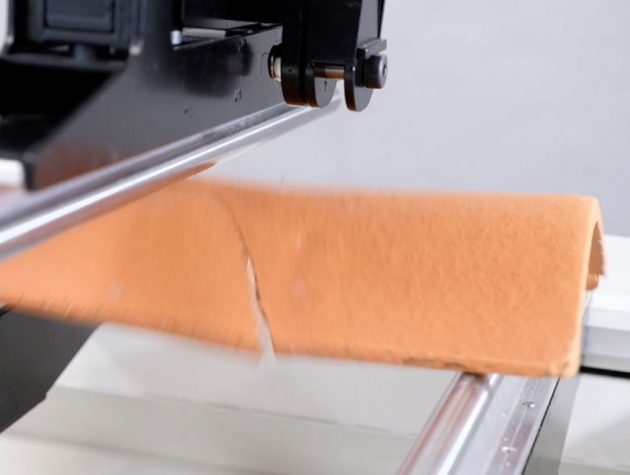
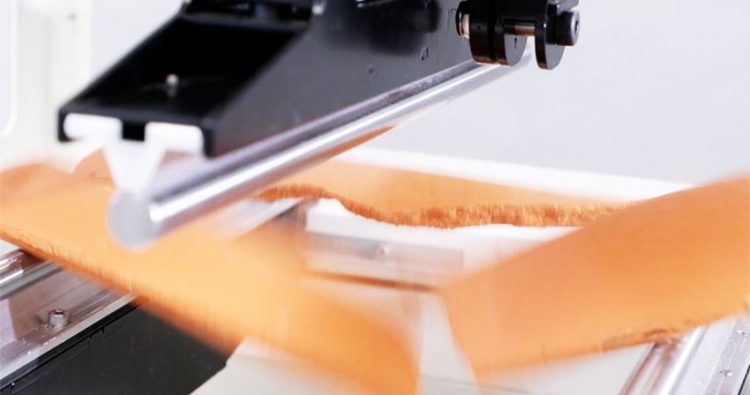
To conclude
There is a wide variety of tile types: you can choose tiles according to their shape, colour, or functionality. Each type of tile, whether it is a canal roof tile, flat roof tile or mechanical roof tile, has advantages and disadvantages that are important to consider before choosing a roof. In addition to the aesthetic aspect, tiles ensure the insulation of a house and protect it from bad weather. It is therefore essential to select your roof covering carefully. To choose your tiles properly, you can also call on the services of a qualified roofer. You will be assured of a quality roof that complies with current standards. They will last for many years with maintenance.